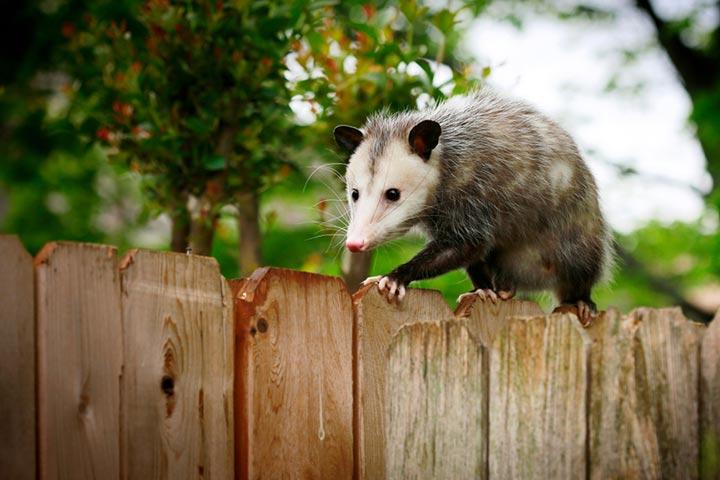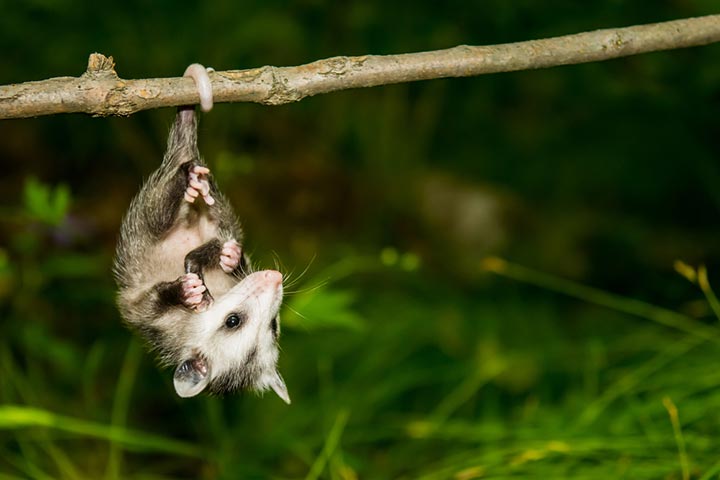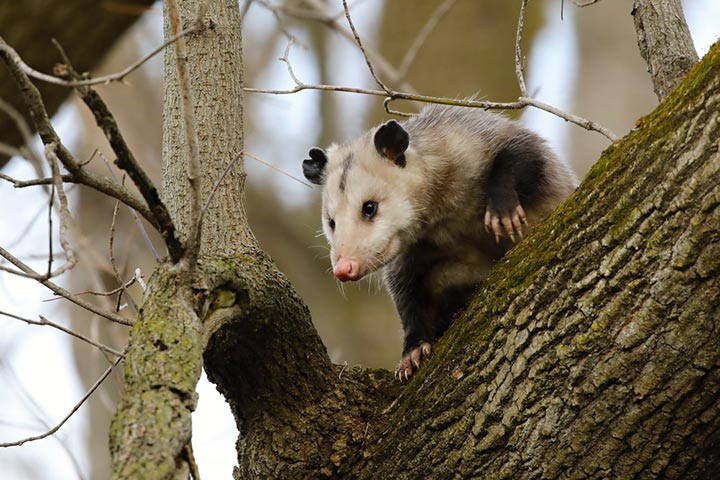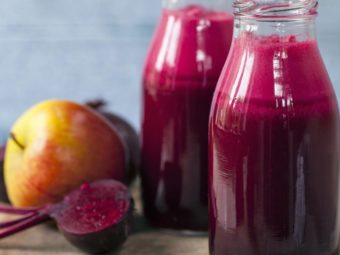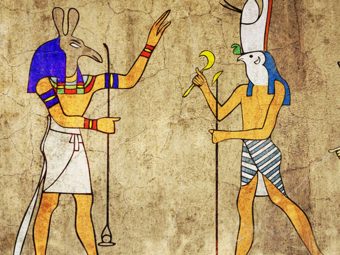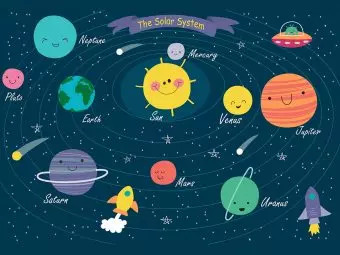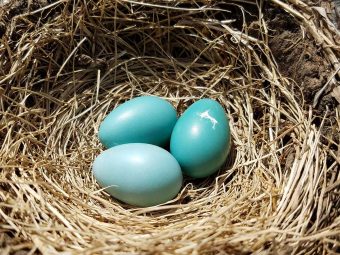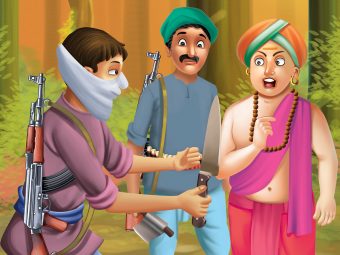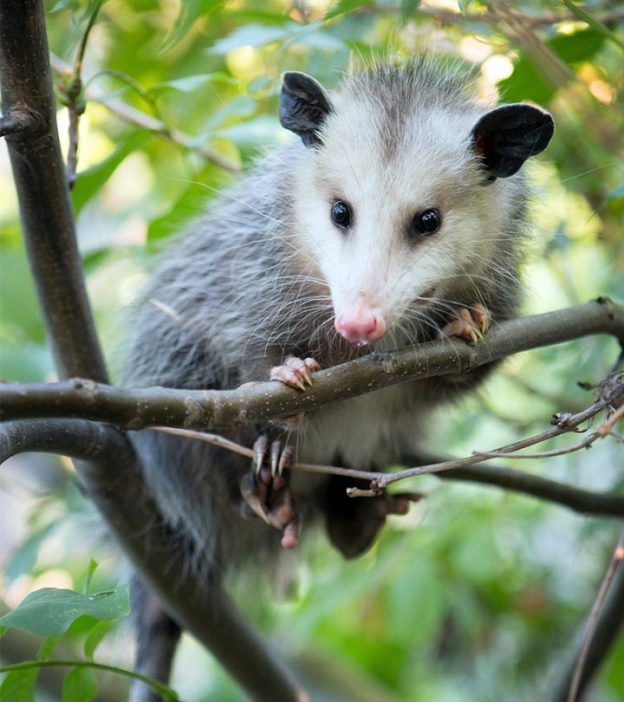
iStock
The opossums are cute wild animals found in North and South America.他们用灰褐色或者是夜间活动的动物white fur, large black ears, with pink noses. If you are looking for opossum facts for kids, this post is for you. These solitary animals usually live alone when not breeding actively. They are excellent swimmers and can climb trees and structures effortlessly. This post brings you some interesting facts about opossum to fulfill your children’s curiosity.
Quick Facts About Opossum
Scientific name:Didelphis virginiana(弗吉尼亚负鼠),Didelphis marsupialis(Common opossum)
Size:2.5ft (76cm) from head to tail
Weight:8.8 to 13.2lb (4 to 6kg)
Lifespan:Two years in the wild; Can reach four years of age in captivity
IUCN conservation status:Least Concern
Name and Taxonomy
- Opossums belong to the‘infraclass’of mammals calledMarsupialia.
 Did you know?
Did you know?- Opossums belong to the same group as Kangaroos and Koalas, which have similar marsupial characteristics. Interestingly, Kangaroos and Koalas are only found in Australia – several miles away from the opossums’ home in the Americas.
- Opossums are usually called Possums in North America. The term ‘possum’ also refers to some arboreal marsupial species of Australia. However, these animals are not the same as the North American opossum, which belongs to a separate biological order that its Australian cousins are not a part of.
- There are more than 20 species of opossums. The most notable are the six species within the genusDidelphis.
- The most widely recognized opossum species (under genusDidelphis) are the Virginia opossum and the Common opossum.The Virginia opossum is predominantly found in east and south of North America. The common opossum is found in Central America and the northern South America.
Lifespan
- Opossums have a lifespan of just two years. A wild opossum may even live for only a year while opossums raised in captivity can live up to four years.
Appearance
- Opossums are almost the size of a domestic cat.Male opossums are slightly larger than females, but the difference is so little that the animal nearly has no sexual distinction.
- 负鼠的平均大小,both males and females, is2.5ft (76cm)from head to tail. Average weight is8.8 to 13.2lb (4 to 6kg).
- Opossums have50 teeth. Males tend to havelarger caninescompared to females.
- The animal has anopposable thumbon both their front and hind feet. The thumb makes grasping tree branches and food easy forthe animal.
 Quick fact
Quick factHabits and Lifestyle
- Opossums are well-known for their trick of playing dead. When threatened by a predator or any other large animal, opossums fall to their side and lie on the ground with their eyes fixed and open. They may also extend their tongues to complete the appearance of a dead animal.
- An opossum will play dead for as long the threat persists. Sometimes an opossum may play dead for hours to evade a predator.
- The animal’s brain automatically sends the body into a comatose state as areaction to stress. This means opossums havenearly no controlover when they choose to play dead, as it is an automated response to a stressful situation.
- Young opossums are not good at playing dead and hence will mostly hiss and growl when confronted by a predator.
- The anal glands (glands close to the anus) of an opossum secrete afoul-smelling substancewhen the animal plays dead. It helps reinforce that the animal is dead.
- An opossum is an adaptablearborealanimal that typically spends most of the time inthe treeswhen in the wild. Opossums close to urban areas may spend substantial time on the ground due to the可用性的碎片and otherdiscarded foodon the ground.
- Opossums have aprehensile tail,which can curl around a small branch and let the animal suspend its body. Opossumsdo not sleep while hangingfrom their tail and instead use the tail as anextra handto grip objects.
- An opossum uses itstongue to cleanand groom its fur just like a cat does. Lettingsalivaon their fur also helps themcool downduring the warmer season.
- Opossums arenocturnal animalsand hunt during the night. Theirlarge pupilshelp them see better in the dark.
- Opossums areresistant to the rabies virus, and it is very rare to find an opossum affected by rabies. The low body temperature makes it difficult for the virus to multiply, thus protecting the animal from the disease.
- Opossums areimmuneto thevenomof the snakes that are endemic to the same habitat as the opossum(1).
Reproduction
- Opossums usually give birth to 20 babies in a litter.However, the survival rate of the litter is oftenless than 50%.
- Opossum infants are tiny:no bigger than a honey bee.The babies crawl through the mother’s fur and into thepouch-like structureon her belly. They feed on breast milk through the nipples inside the pouch and grow.
- The female only has13 teatsinside the pouch. So only the first 13 who reach the pouch survive whilethe others perish. It explains the low survival rate of the litter.
- Common opossums havefewer babies per litterwhen compared to Virginia opossums. Both species haveone to three litters per year.
- Baby opossums are also calledjoeys,like the offsprings of a Kangaroo.
- Female opossums are often spotted with theirbabies on their back. There could be as many asten babieson a female opossum’s back.
- Baby opossums feed on milk for nearlythree monthsafter which they spend most of the time outside the pouch. They begin eating from what their mother eats. Once they can forage food independently, they leave to explore new areas.
 Quick fact
Quick factDiet
- Opossums areomnivores, which means they eat both plants and animals.
- Thestaple food for an opossumin the wild consists of small rodents, insects, snails, slugs, eggs, frogs, fruits, and vegetables.
- Opossums that live in captivity can survive ondog or cat food. Since opossums are omnivores, just like humans, it is quite common to see captive opossums eat thesame foodthat theirhuman caretakers eat.
- An opossum canhunt snakes,even the poisonous ones, for food!
- Opossums areopportunistic eaters. It makes them excellentscavengers. An opossum will devour a carcass if it finds one! However, their ability to scavenge makes them an essential part of the ecosystem.
Habitat and Endangerment
- Opossums usually prefer areas that arewetand have amoderate temperature.
- Opossums often enter human settlements andfeed on garbage. Some consider opossums a pest for this behavior. However, these animals also eat rodents and other animals that humans consider as pests, which is why they are often left alone.
- Opossums often makenests within tree holes. They may also use nests left behind by birds or dens left vacant by other animals including other opossums. A female opossum will line the nest with grass and leaves when she is about to give birth or already has a litter of babies.
- Opossums oftenmovefrom one area to another insearch of food. They may live for an extended duration in an area that provides abundant food andmove furtheronce the food is depleted.
- Opossums are theonly marsupial animalfound in the United States.
- Opossum population is rated‘Least Concern’by the International Union for Conservation of Nature (IUCN), indicating that the animal has a healthy, sustainable population.
Opossum in society & culture
- ‘Playing possum’is a phrase given to anyone playing dead. It is often used to refer to the behavior of other animals’ that also play dead. The phrase even refers to situations where onedoes not wish to speak to someoneand hence ignores them or pretends to be asleep, in other words ‘play possum.’
- In the animated filmOver The Hedge, anopossum distracts a humanby playing dead while his animal friends steal food from the human’s car.
- Opossums are known to voraciouslyfeed on ticks, an insect that spreadsLyme diseaseamong human beings. A healthy population of opossums in an areamay reduce the spreadof Lyme disease in the vicinity(2).
- Hunting opossumsfor pelt and meat was once acommon practicein the United States. Opossums are still hunted for food in the southern United States.
- Despite several interactions with humans,opossums seldom attack humans, and there israrelyever anyhuman-opossum conflict. But when cornered, an opossum can bite with its sharp teeth (all 50 of them!).
- Opossums arewild animalsand cannot be domesticated despite their ability tolive close to humansand share the same natural resources.
Opossums do not usually get aggressive when they encounter humans. They also do not carry or transmit diseases to humans, which makes it safer to be near them. However, there may still be cases, although few, when humans cause harm to the animal for no reason or run over it with their vehicles in urban areas.
Frequently Asked Questions
1. Where do opossums go during the day?
Opossums are usually active during the night (nocturnal) and sleep during the day. They do so under bush piles, hollow tree trunks, and burrows. They may also be found in attics and on the grounds of abandoned buildings.
2. How fast can an opossum run?
Opossums may attain a speed of four miles per hour while running (3).
3. Why do opossums only live two years?
Besides naturally having a short life span, various other reasons may cause opossums to die early. They are:
- Presence of predators, including dogs, coyotes, and birds of prey
- High parasite infestation
- They are prone to be affected by cold weather
- May get run over by vehicles
4. What is an opossum afraid of?
Opossums are afraid of animals like hawks, dogs, owls, coyotes, bobcats, and foxes; besides that, they try to avoid contact with humans as well (4).
5. Are opossums good to have around?
Opossums carry many diseases vulnerable to human beings, such as relapsing fever, herpes virus, tuberculosis, salmonella, etc. Hence they are not suitable to have around (5).
There are many fascinating and fantastic opossum facts for kids to share that will pique your child’s interest in these adorable little wild animals. They are nature’s own cleaners owing to their excellent scavenging abilities. Therefore, you must educate your children about them. You can include some fascinating facts about their name and taxonomy, lifespan, characteristics, habitat and lifestyle, breeding, diet, the causes of their endangerment, and how they prosper in human society and culture. Opossums are a significant part of the ecosystem and must be safeguarded from extinction.
Key Takeaways
- Opossums are a type of wild animal that can be found in North and South America.
- They belong to the infraclass of mammals known as Marsupialia and there are over 20 species of opossums.
- Opossums have a lifespan of approximately two years in the wild and up to four years in captivity.
- 当面对捕食者时,负鼠独特defense mechanism where they play dead. They can remain in this state for several hours until the danger has passed.
- Opossums spend most of their time in trees and have a prehensile tail that can curl and allow them to suspend their body.
References:
- C F Komives et al.; Opossum peptide that can neutralize rattlesnake venom is expressed in Escherichia coli; Biotechnol Prog (2017)
https://www.ncbi.nlm.nih.gov/pmc/articles/PMC5315628/ - Why you should brake for opossums; Cary Institute of Ecosystem Studies
https://www.caryinstitute.org/discover-ecology/podcasts/why-you-should-brake-opossums - Opossums (Didelphis virginianus); Washington Department of Fish and Wildlife
https://wdfw.wa.gov/species-habitats/species/didelphis-virginianus#:~:text=With%20a%20top%20speed%20of - 维吉尼亚负鼠
https://portal.ct.gov/DEEP/Wildlife/Fact-Sheets/Opossum - Managing Opossum Problems
https://www.edcgov.us/Government/ag/pages/opossum.aspx


